
Barbara Liskov is an American computer scientist who has made pioneering contributions to programming languages and distributed computing. Her notable work includes the introduction of abstract data types and the accompanying principle of data abstraction, along with the Liskov substitution principle, which applies these ideas to object-oriented programming, subtyping, and inheritance. Her work was recognized with the 2008 Turing Award, the highest distinction in computer science.
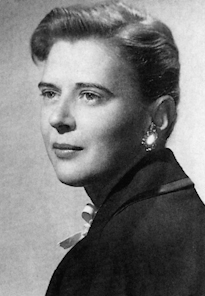
Beatrice Alice Hicks was an American engineer, the first woman engineer to be hired by Western Electric, and both co-founder and first president of the Society of Women Engineers. Despite entering the field at a time where engineering was seen as an inappropriate career for a woman, Hicks held a variety of leadership positions and eventually became the owner of an engineering firm. During her time there, Hicks developed a gas density switch that would be used in the U.S. space program, including the Apollo Moon landing missions.
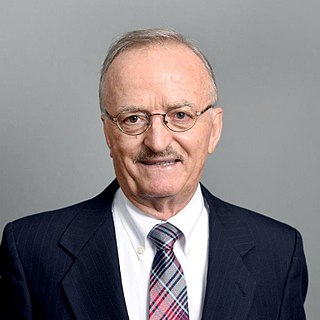
Constantine A. Balanis is a Greek-born American scientist, educator, author, and Regents Professor at Arizona State University. Born in Trikala, Greece on October 29, 1938. He is best known for his books in the fields of engineering electromagnetics and antenna theory. He emigrated to the United States in 1955, where he studied electrical engineering. He received United States citizenship in 1960.

Edith Clarke was an American electrical engineer. She was the first woman to be professionally employed as an electrical engineer in the United States, and the first female professor of electrical engineering in the country. She was the first woman to deliver a paper at the American Institute of Electrical Engineers; the first female engineer whose professional standing was recognized by Tau Beta Pi, the oldest engineering honor society and the second oldest collegiate honor society in the United States; and the first woman named as a Fellow of the American Institute of Electrical Engineers. She specialized in electrical power system analysis and wrote Circuit Analysis of A-C Power Systems.

Kansas City Kansas Community College (KCKCC) is a public two year community college in Wyandotte County, Kansas, United States. The college is accredited by the Higher Learning Commission, a commission of the North Central Association and the Kansas Board of Regents.
Central High School is a high school located at 3221 Indiana Avenue in Kansas City, Missouri. It is part of the Kansas City Public Schools. Central was established in 1867 in order to help educate the growing population of Kansas City. Formally located in downtown Kansas City, Missouri on 11th and Locust St, Central moved to its current location in 1912. The school colors are blue and white and the school's athletic teams are referred to as the "Eagles". Central has an enrollment of approximately 500 students annually.
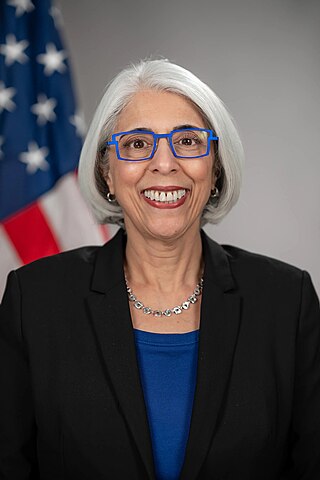
Arati Prabhakar is an American engineer and public official. Since October 3, 2022, she has served as the 12th director of the White House Office of Science and Technology Policy and Science Advisor to the President.
Eleanor K. Baum is an American electrical engineer and educator. In 1984, she became the first female dean of an engineering school in the United States, at Pratt Institute in Brooklyn, New York.
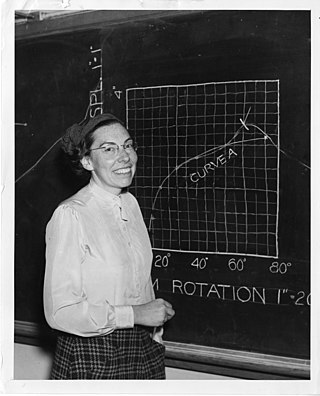
Mary Plumb Blade was an American engineer, director of the Green Camp from 1955 to 1972, and full-time professor of mechanical engineering in the engineering school of The Cooper Union for the Advancement of Science and Art from 1946 to 1978.

Yvonne Y. Clark was a pioneer for African-American and women engineers. Also known as Y.Y., she was the first woman to earn a Bachelor of Science degree in mechanical engineering at Howard University, the first woman to earn a master's degree in Engineering Management from Vanderbilt University, and the first woman to serve as a faculty member in the College of Engineering and Technology at Tennessee State University, afterward becoming a professor emeritus.

There may have been women in Antarctica, exploring the regions around Antarctica for many centuries. The most celebrated "first" for women was in 1935 when Caroline Mikkelsen became the first woman to set foot on one of Antarctica's islands. Early male explorers, such as Richard Byrd, named areas of Antarctica after wives and female heads of state. As Antarctica moved from a place of exploration and conquest to a scientific frontier, women worked to be included in the sciences. The first countries to have female scientists working in Antarctica were the Soviet Union, South Africa and Argentina.
Neelesh B. Mehta is an Indian communications engineer, inventor and a professor at the Department of Electrical and Communications Engineering of the Indian Institute of Science who studies wireless networks.

Lois Graham was a professor of thermodynamics and cryogenics. She was the first woman to earn a mechanical engineering PhD in the United States.
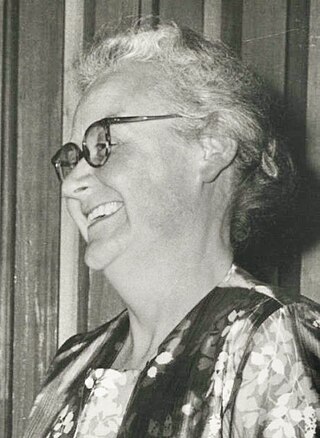
Isabel Helen HardwichMInstP was an English electrical engineer, an expert in photometry, and fellow and president of the Women's Engineering Society.
Azadeh Tabazadeh is an Iranian geophysicist and author known for her work in atmospheric science, work which has improved our understanding of the reactions that affect ozone depletion and highlighted the impact human activity has on the atmosphere.
Tuija I. Pulkkinen is a Finnish space physicist. Her primary research foci are studying the energy flow from the solar wind to the near-Earth space environment and the energy dissipation processes in the magnetosphere.
Sonia Maria Kreidenweis is an American Professor of Atmospheric Sciences at Colorado State University. Her research considers aerosols and their impact on weather and the climate. She has previously served as President of the American Association for Aerosol Research and was a board member of the American Meteorological Society. She was elected a Fellow of the American Geophysical Union in 2019.

Harriett B. Rigas FIEEE was a Canadian electrical engineer and innovative lecturer who was recognised worldwide for her hybrid computer and computer simulation research.
Dawn Marie Tilbury is an American control theorist whose research topics include logic control, networked control systems, robotics, human–machine systems, and autonomous vehicles. She is a professor of mechanical engineering and of electrical engineering and computer science at the University of Michigan, and the head of the directorate for engineering at the National Science Foundation.

Catherine Walker is an American Earth and planetary scientist at the Woods Hole Oceanographic Institution, where she is on the scientific staff in the Department of Applied Ocean Physics and Engineering. Her research spans fracture mechanics and dynamics in ice, cryosphere change, physical oceanography, and geomorphology on Earth and other planets and moons using a variety of methodologies including remote sensing.













